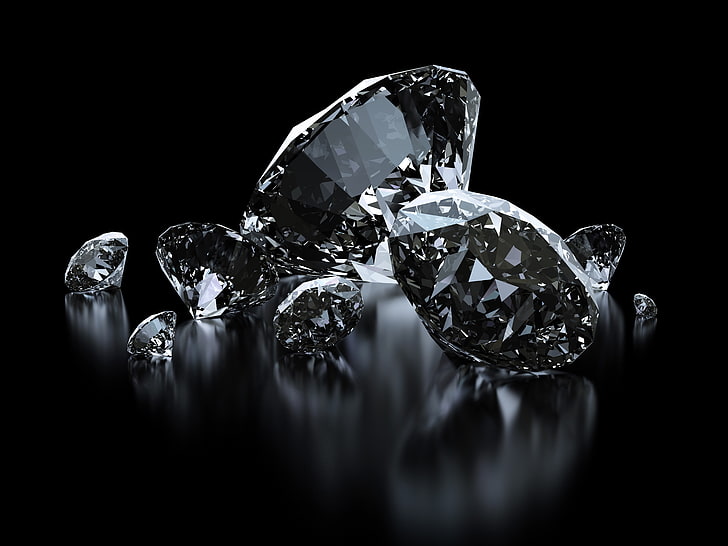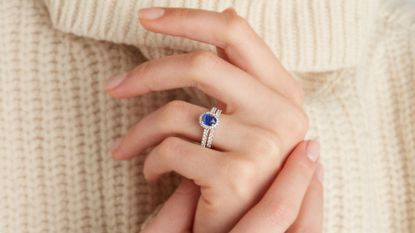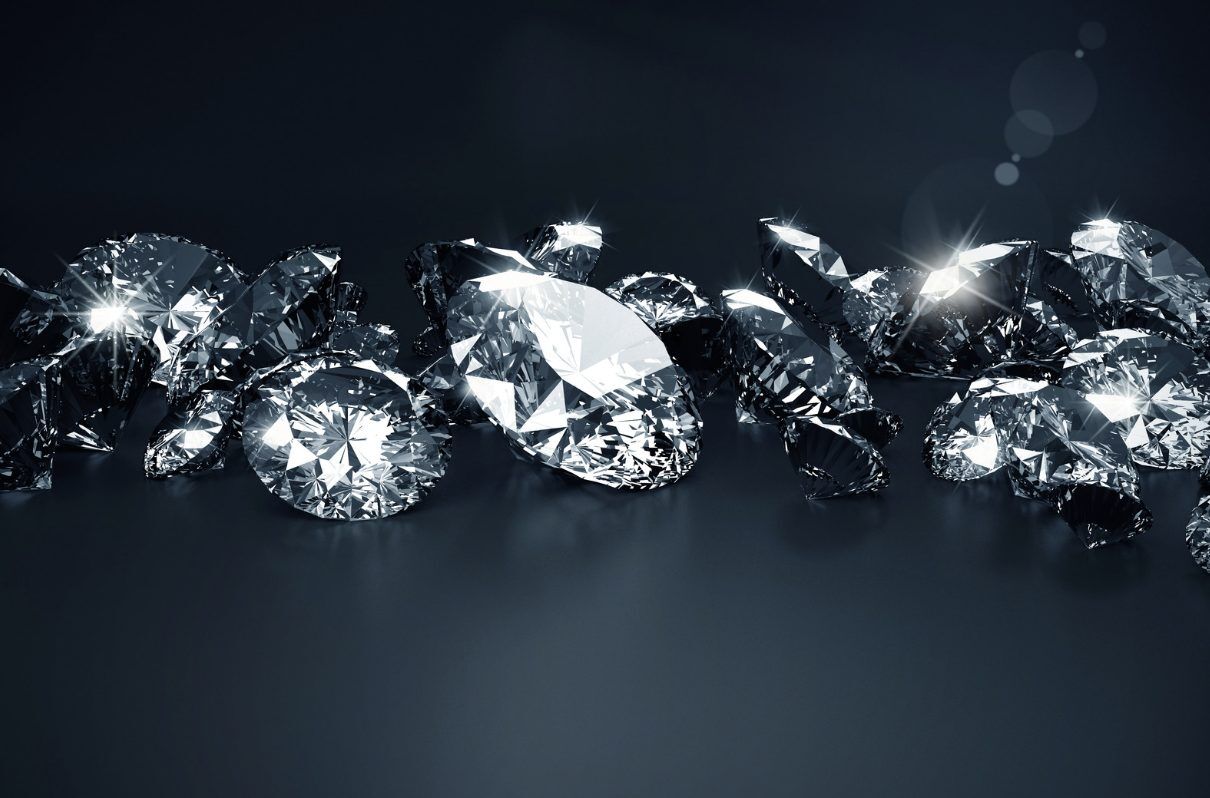Lab Grown Diamond Necklaces: Elegance Redefined with Lab Created Diamonds
Jewelry has always been a powerful way to express beauty, status, and sentiment. Among the most captivating pieces, lab grown diamond necklaces are gaining popularity for their brilliance, affordability, and ethical value. Made with stunning lab created diamonds, these necklaces embody the perfect fusion of modern technology and timeless style.
The Rise of Lab Grown Diamond Necklaces
In recent years, there’s been a notable shift in consumer behavior toward ethical and sustainable products. Lab grown diamond necklaces have become a favorite among those who want fine jewelry that reflects both their style and their values. Crafted with lab created diamonds, these pieces offer the same visual and structural qualities as mined diamonds, without the environmental or ethical concerns.
What Makes Lab Created Diamonds Unique?
Lab created diamonds are grown in controlled laboratory settings that replicate the natural conditions under which diamonds form. They are chemically, physically, and optically identical to mined diamonds. When featured in lab grown diamond necklaces, these diamonds shine with the same brilliance and fire, making them indistinguishable from their natural counterparts to the naked eye.
A Timeless Piece with Modern Origins
Necklaces have long symbolized grace and elegance, and lab grown diamond necklaces carry this tradition into a new era. By using lab created diamonds, these necklaces are not only beautiful but also reflect a commitment to innovation and responsible sourcing. It’s jewelry that speaks to both heart and mind.
The Ethical Choice in Fine Jewelry
One of the main reasons people are drawn to lab grown diamond necklaces is their ethical appeal. Traditional diamond mining can have serious social and environmental consequences. In contrast, lab created diamonds are free from conflict and require fewer natural resources. Choosing lab grown diamond necklaces means choosing jewelry with a conscience.
Endless Design Possibilities
With lab created diamonds, designers have greater freedom to explore creativity without the limitations of traditional sourcing. This has led to a surge in unique and modern designs for lab grown diamond necklaces. Whether it’s a delicate solitaire pendant or an intricate cluster setting, there’s a style to match every personality and occasion.
Luxury That’s Accessible
Another compelling benefit of lab grown diamond necklaces is their affordability. Because lab created diamonds are more cost-effective to produce than mined diamonds, they often retail for significantly less—without compromising quality or size. This allows customers to choose larger, more luxurious pieces at a fraction of the price.
Quality Without Compromise
Many people assume that lower price means lower quality, but that’s not the case with lab grown diamond necklaces. Lab created diamonds are graded using the same 4Cs—cut, color, clarity, and carat—as natural diamonds. In fact, many lab grown diamond necklaces feature stones that rival or surpass the quality of mined alternatives.
Perfect for Everyday Elegance
Whether you’re heading to a formal event or just dressing up your everyday look, lab grown diamond necklaces are the perfect accessory. Thanks to the durability and brilliance of lab created diamonds, these necklaces can be worn daily without losing their sparkle. They add just the right touch of sophistication to any outfit.
Gifting with Meaning
A lab grown diamond necklace makes a deeply meaningful gift for someone special. Whether it’s for a birthday, anniversary, graduation, or just because, gifting a necklace with lab created diamonds shows thoughtfulness and intention. It’s a way to celebrate love, success, or new beginnings with a piece that stands for beauty and integrity.
A Sustainable Step Toward the Future
In a world increasingly focused on sustainability, lab grown diamond necklaces represent the future of fine jewelry. By choosing lab created diamonds, consumers are taking a stand for more eco-friendly practices and reducing the environmental impact of luxury goods. These necklaces are proof that style and sustainability can go hand in hand.
Ideal for Custom Creations
Many jewelers now offer personalized design services using lab created diamonds, giving customers the chance to design their own lab grown diamond necklaces. From initials and birthstones to unique settings and symbolic shapes, these custom pieces reflect the wearer’s story, crafted in radiant, ethical stones.
A Lasting Investment
While trends may come and go, lab grown diamond necklaces are a lasting investment. The timeless appeal of diamonds combined with the modern innovation of lab created diamonds makes for pieces that will remain stylish and valuable for years. With proper care, these necklaces can be passed down through generations, just like their natural counterparts.
Conclusion: Wear Brilliance with Purpose
In conclusion, lab grown diamond necklaces are transforming the jewelry industry with a new kind of brilliance—one that’s ethical, sustainable, and accessible. Featuring breathtaking lab created diamonds, these necklaces offer everything you love about diamonds, plus a little more peace of mind. Whether you’re buying for yourself or someone special, a lab grown diamond necklace is a choice that shines in more ways than one.









